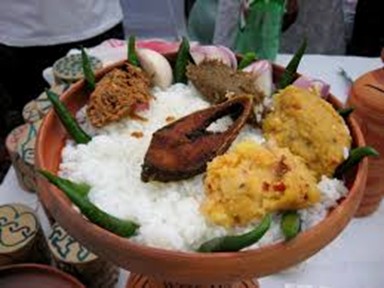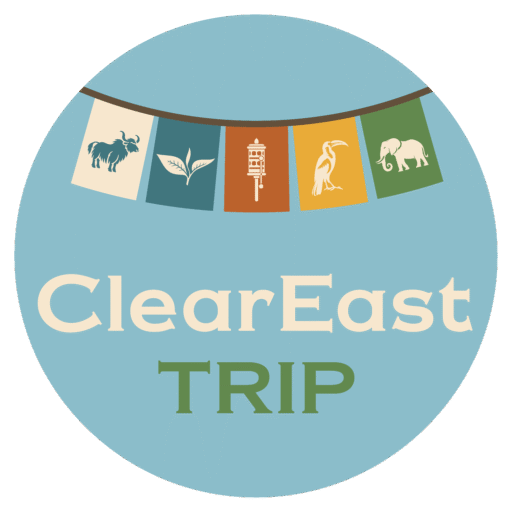Tucked between the Himalayan foothills and the northern plains of Bengal, Dooars is where the landscape exhales. Wide rivers curve through dense forests, elephants wander through tall grasses, and tea estates stretch beyond the mist. It’s a region of calm — a place where nature still sets the rhythm.
The word Dooars comes from “doors” — and it’s true. This land opens into Bhutan and Northeast India, but it’s also a quiet gateway into a slower, more grounded way of travel.
How to Experience Dooars Authentically
Start with the tea. Visit estates in Chalsa or Malbazar early in the morning — when dew still clings to the leaves and the air smells of earth and leaves. Locals will invite you in for tea, not as a formality, but as a gesture that matters.
Wildlife in Dooars isn’t rushed. Take time to visit the sanctuaries — Jaldapara, Gorumara, or Buxa — with the right local guide. It’s not just about spotting animals, but understanding the land they live in.
And wherever you go, pause by a river — the Torsa, Teesta, or Jaldhaka — and just listen.
Places to Visit
- Jaldapara National Park – Known for its population of one-horned rhinos and elephant safaris.
- Gorumara National Park – A lush habitat for bison, elephants, and birds.
- Chalsa – A calm tea-growing area nestled between forests and hills.
- Buxa Tiger Reserve – A historic reserve with ruins of Buxa Fort and remote trails.
- Malbazar – A local town with access to nearby estates and riverside villages.
What to Eat and Celebrate

Food here is hearty and local — tied to indigenous and Nepali-influenced traditions.
- Panta Bhat – Fermented rice soaked overnight, eaten cold with mustard oil and chili.
- Fish Curry – Made fresh with river fish, turmeric, and green chilies.
- Sel Roti & Gundruk – Nepali-origin dishes common in the tea worker communities.
Festivals to witness:
- Durga Puja – Celebrated across towns with music, lights, and shared meals.
- Diwali & Tihar – The Festival of Lights, with local flavors and unique Nepali rituals in villages.
Culture and Local Life
- Language: A mix of Bengali, Nepali, Adivasi dialects, and Hindi.
- Community: Many families here have lived and worked on tea estates for generations.
- Daily life: Starts early, ends with river sunsets, and is rooted in land and labor.
Travel Tips
- Use authorized local guides for safaris — they know the land and respect the animals.
- Carry insect repellent, especially if you’re visiting forest areas.
- Respect local customs — small villages value courtesy and modesty.
- Footwear matters — bring good shoes for forest walks or riverside treks.
- Stay in eco-conscious lodges or homestays when possible — it supports the region directly.
Did You Know?

“Dooars” refers to the 18 gateways into Bhutan — once used by traders and travelers on foot. Even today, parts of this region feel untouched by time, where forest trails and tea paths still connect communities.
Gently Explore
If you’re looking for a quieter place — one where rivers outnumber roads and mornings start with birdcall — Dooars might be it. We’re here to help you plan a trip that’s simple, local, and tuned to the rhythm of the land.
Our journey ideas and travel tips are always available when you’re ready.



 in Bengaluru
in Bengaluru